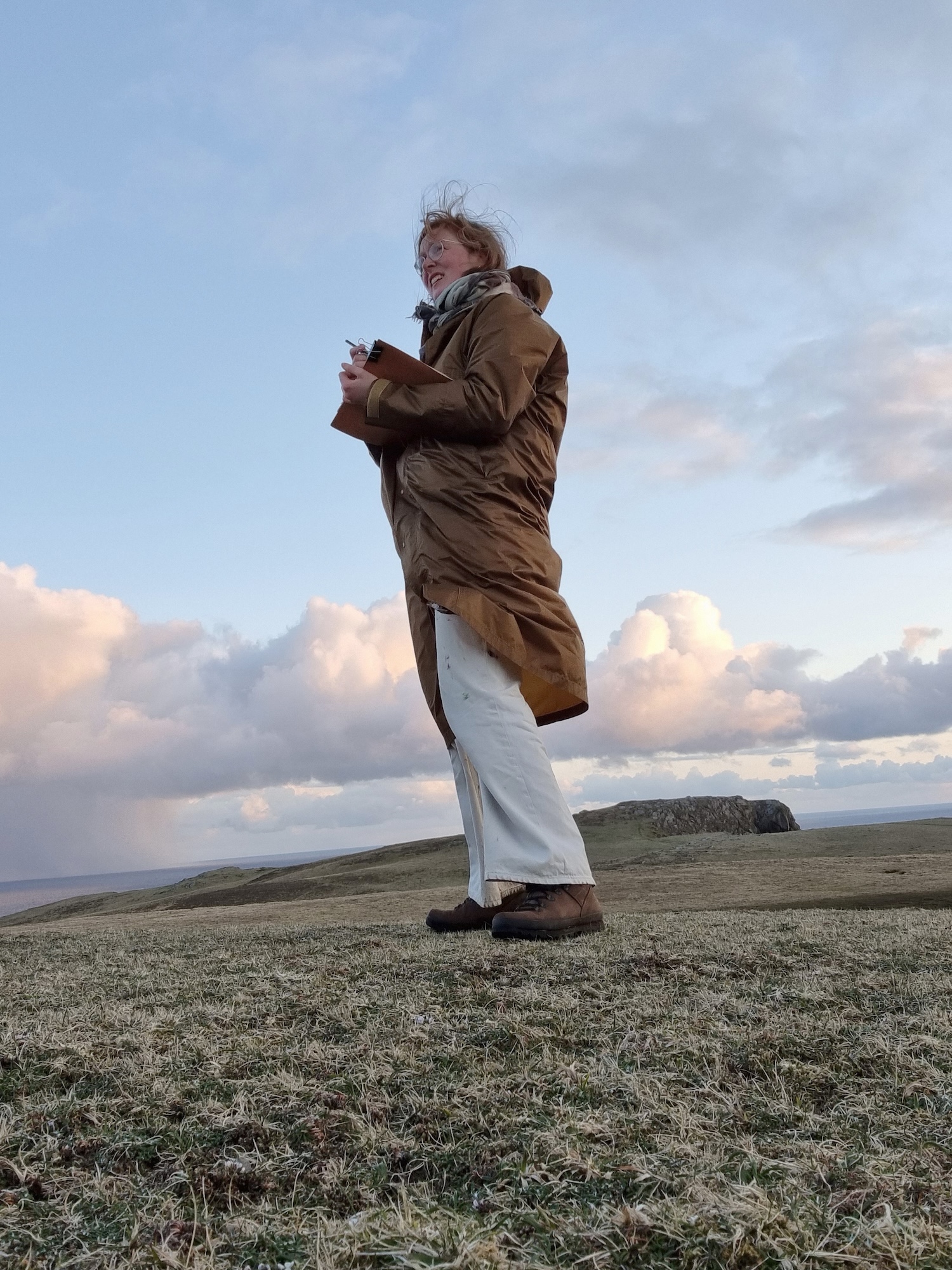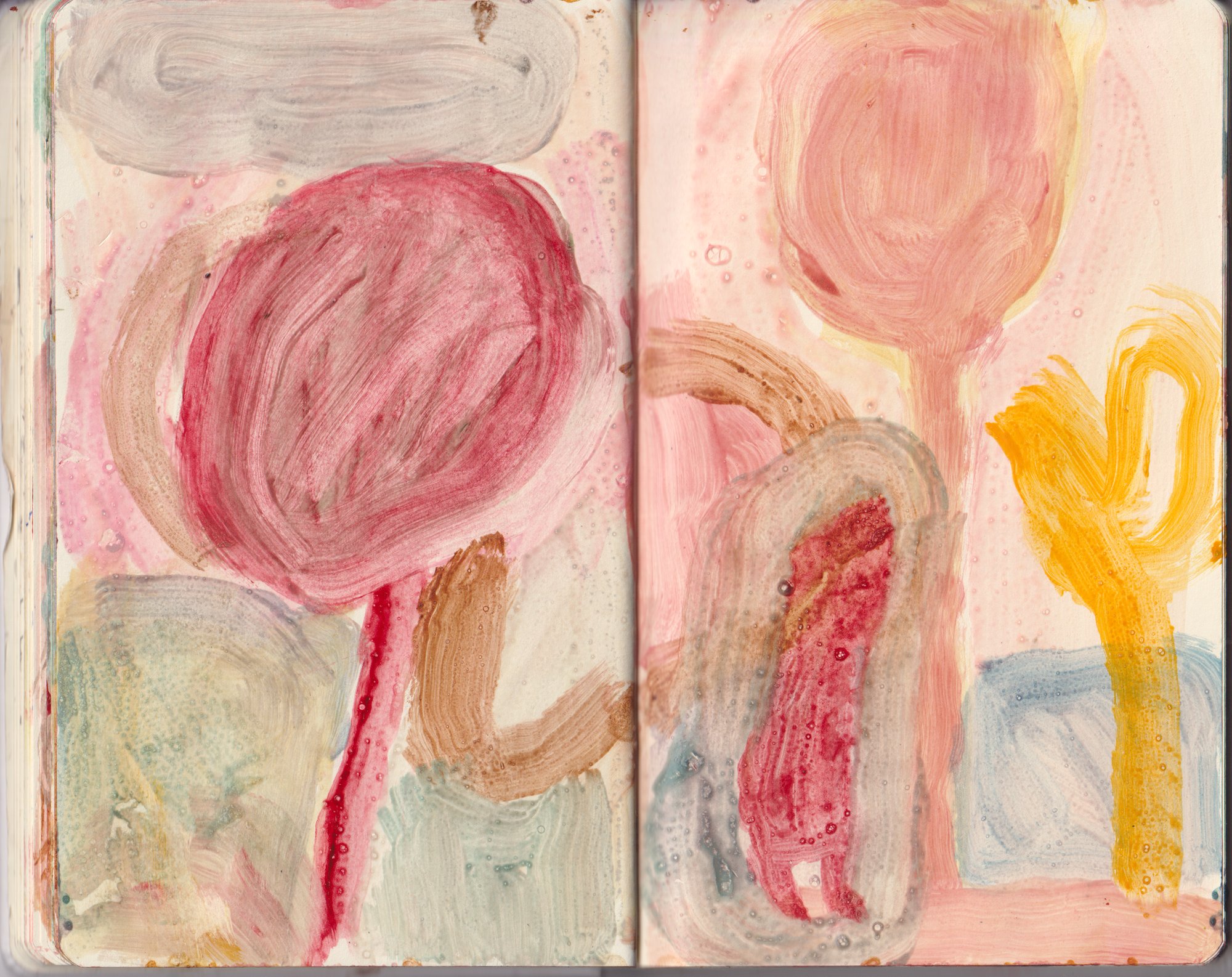
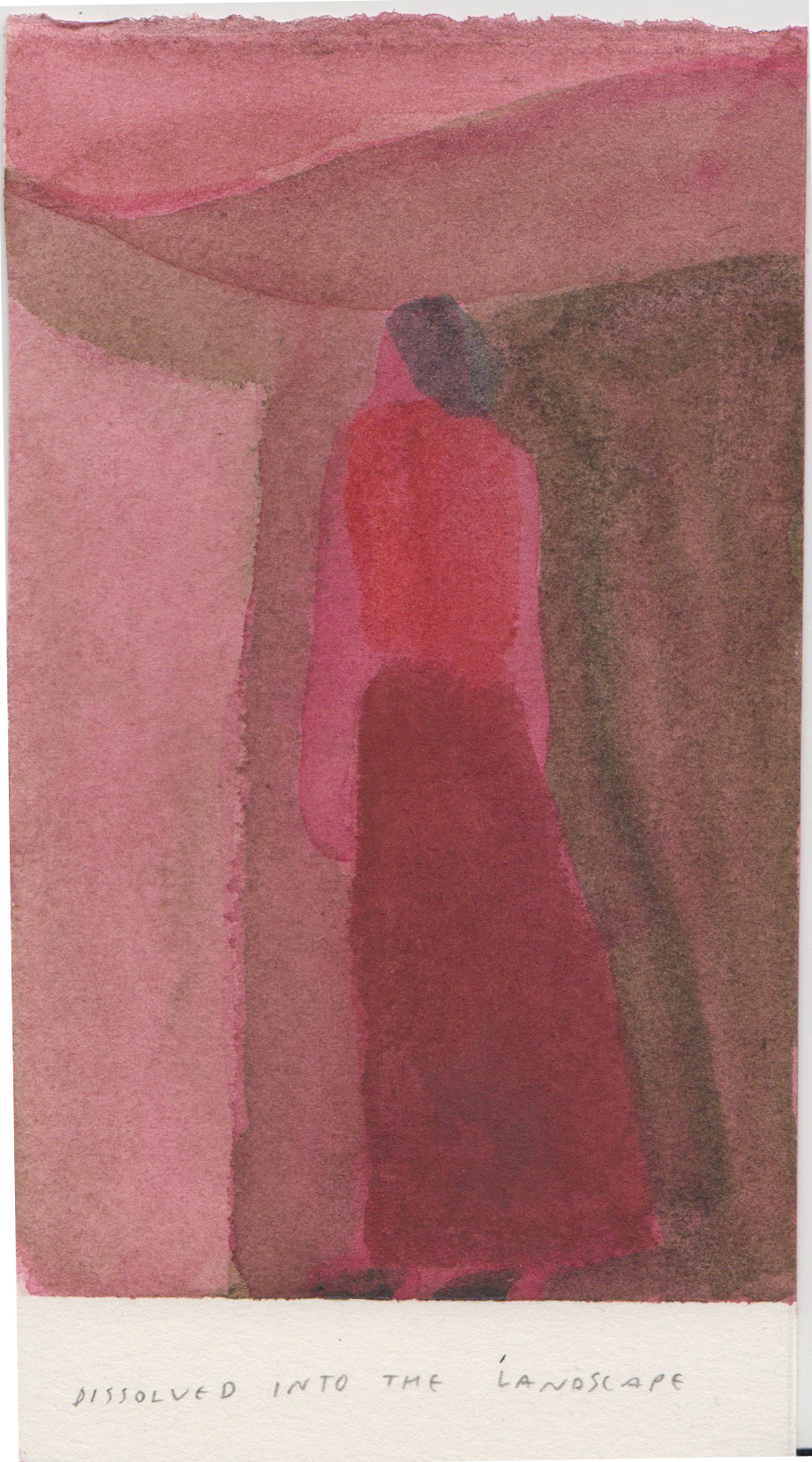
Where are you based?
Rotterdam in the Netherlands.
Before joining the Online Drawing Development Year, what were you doing?
I work as an illustrator. Before that, I was a researcher and consultant at a sustainability research institute in the Netherlands.
What appealed to you about the course?
As I was moving from an academic career to a career in the arts, I was looking for a course to help me structure and understand the space in between. The courses offered in my area were either oriented towards beginners through weekly evening classes, or professionals through MFA programmes. Neither was a great fit: the beginner classes made me feel deflated, and the MFA programmes were too self-guided.
I was happy to find the Royal Drawing School, which seemed to take me seriously while also offering some structure, and could be built into the practicalities of my life without too much trouble.
Can you tell us a little bit about your practice and relationship to making work? And how has this changed since joining the Online Drawing Development Year?
I like drawing remote landscapes by walking through them and capturing what I see. In the studio, I make drawings about these journeys that lie somewhere between the landscape and my memory of it.
I didn’t know or do any of this before doing Royal Drawing School courses. Taking the Online Drawing Development Year and the Drawing Intensive last year were revelatory to my practice. They made me realise what I want to draw and how I want to do it.
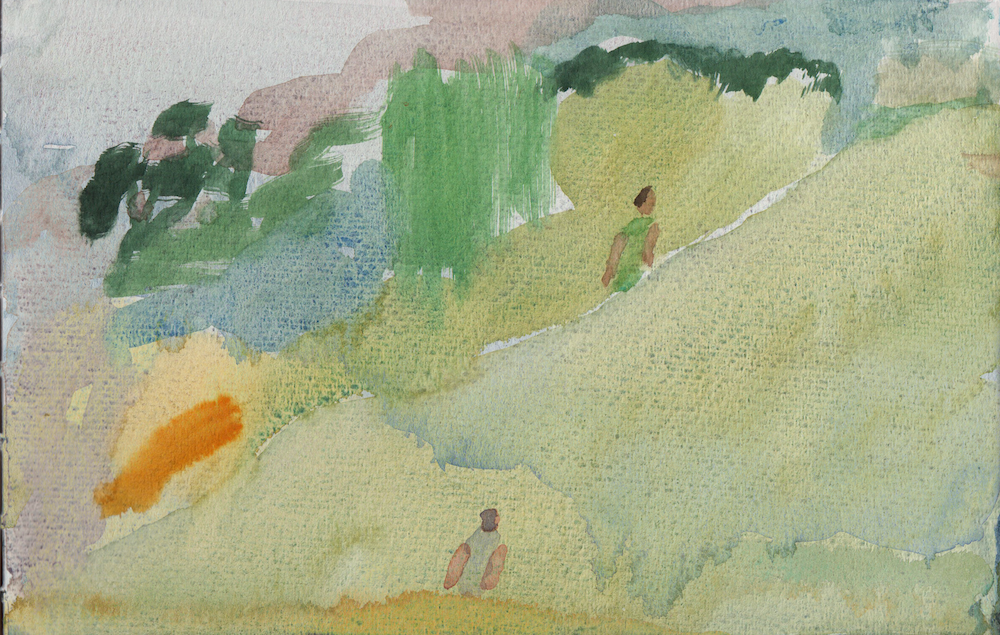
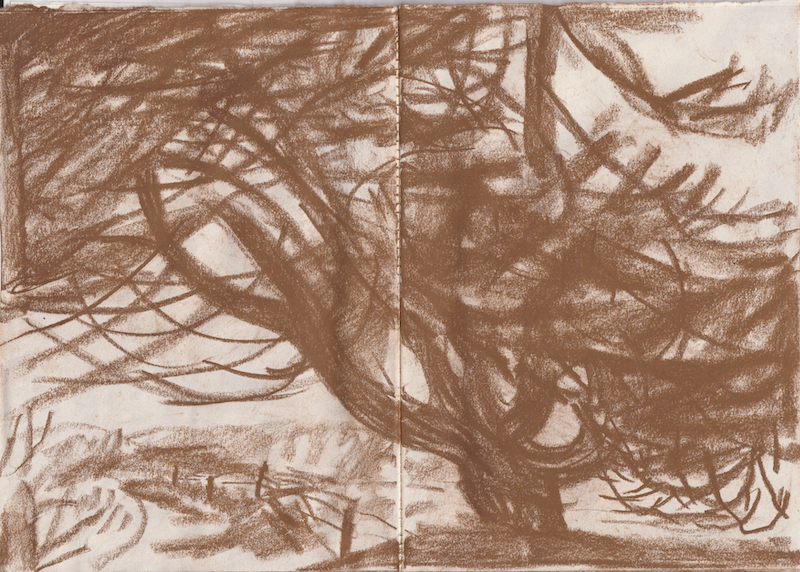
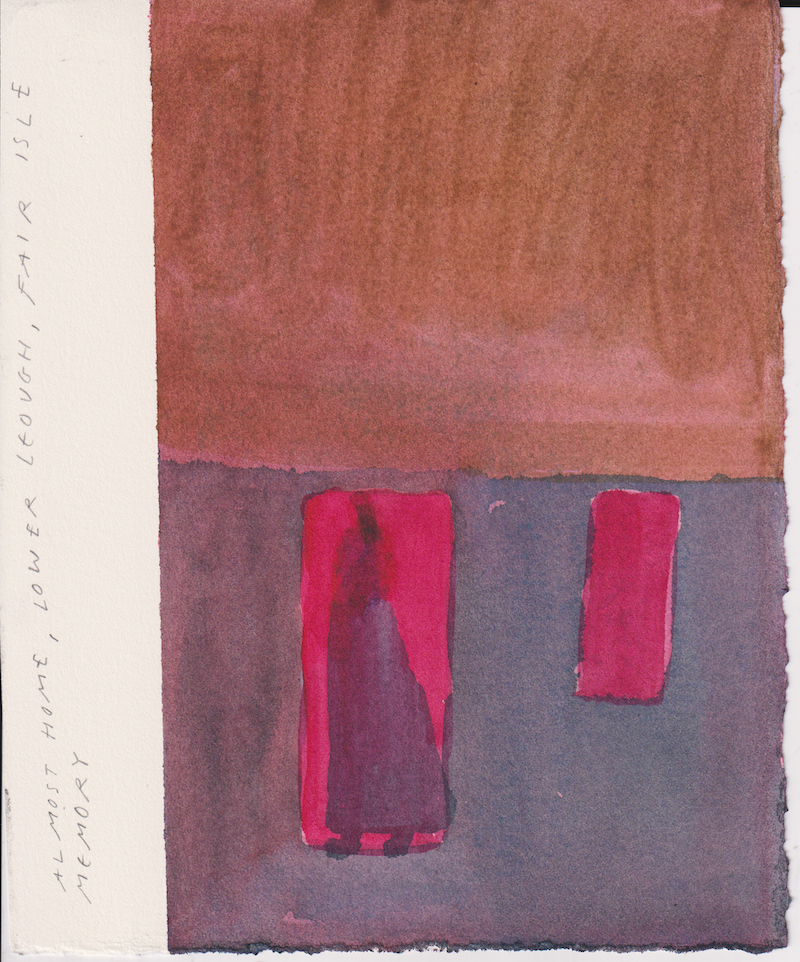
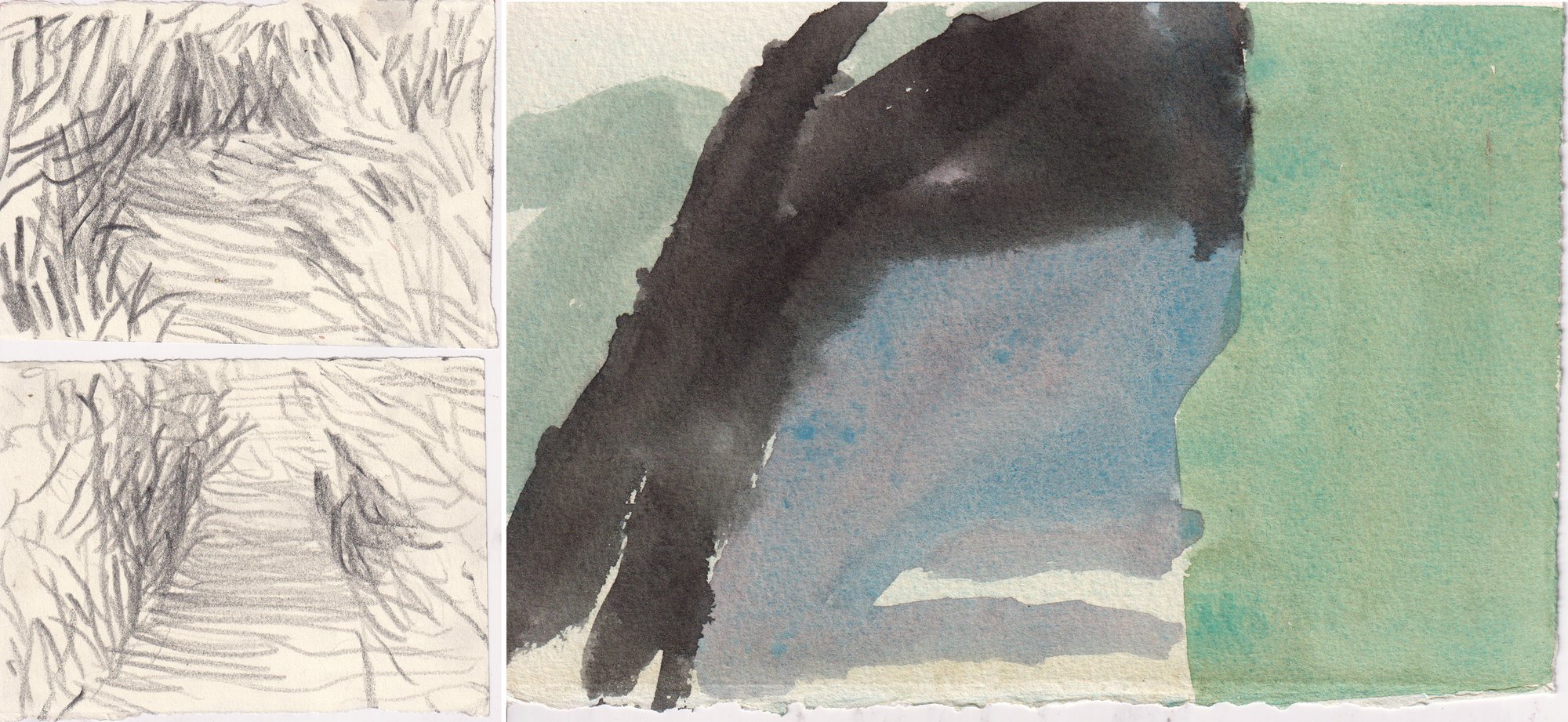
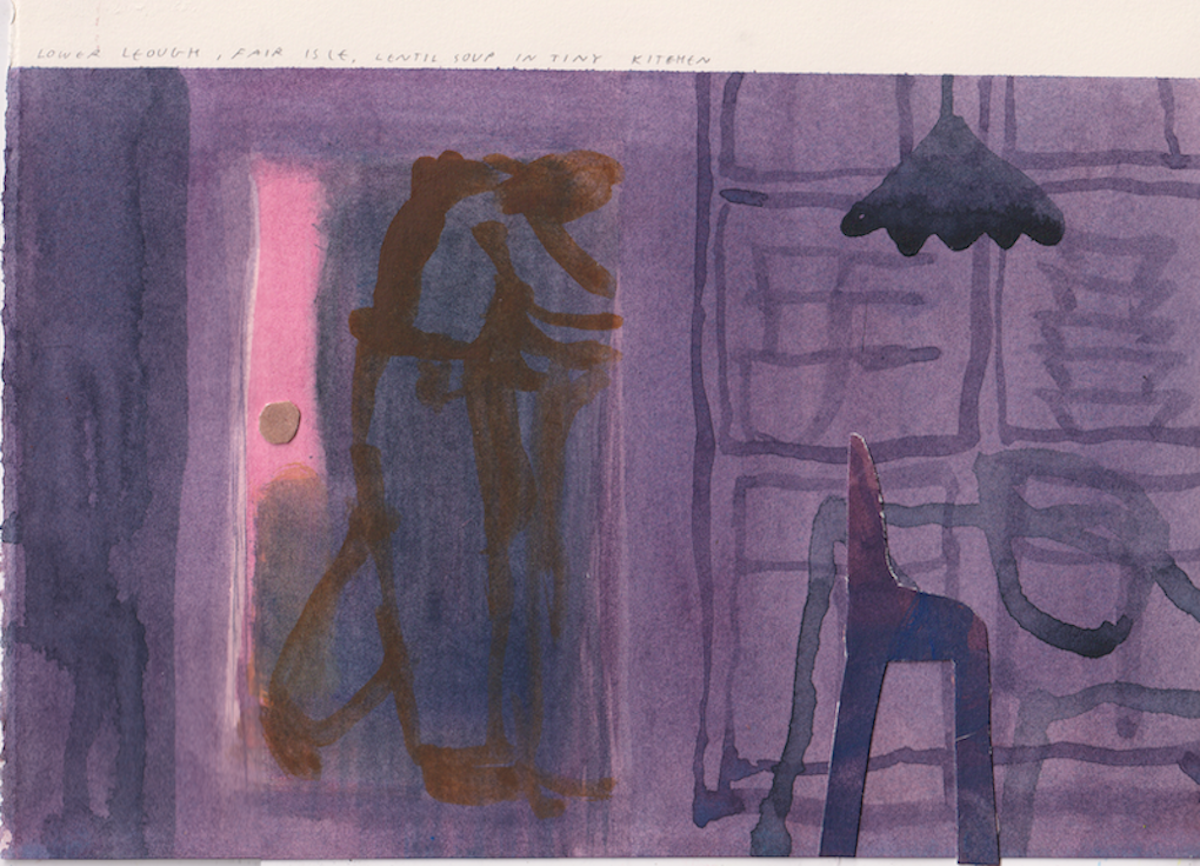
What courses have you most enjoyed or learnt most from?
There are many great classes. I’ve really enjoyed Drawing Topographies: Internal/External with Geraint. He’s a great teacher. I was on a small island when I did the course, and I was able to translate the experience with more boldness and curiosity through the exercises we did in class.
I also really liked Sara Lee Roberts’ teaching on abstract qualities in the landscape. It was freeing and difficult to make an abstract piece of work. It made me realise that all the paintings I like are somewhere in the space between figuration and abstraction. That said, I think I also learnt from the courses I didn’t enjoy as enthusiastically. As long as I’m attentive to why I seem to be frustrated, I’m learning.
What have the benefits of learning online been for you?
Initially, I wanted to apply for the real-life Drawing Year, but after Brexit that was no longer an option. So instead, I did the Drawing Intensive last year and applied for the Online Drawing Development Year the following year.
The big plus about doing online classes is how flexible it is. You can basically take classes from wherever, so I combined it with going on residencies. Doing classes while I was in far and remote landscapes allowed me to translate the new world I was in with more courage and conviction. I’m going away again to Norway during Autumn Term—really excited about that. So I think not being able to come to London has helped me in a way—I wouldn’t have had so much clarity about wanting to draw landscapes and remoteness if I had been in a city, I think.
Are there any particular ways that the School has been able to support you over your time on the Online Drawing Development Year?
I gained the most support through artistic guidance in classes. I learnt a lot from references, exercises, chats with mentors and so on.
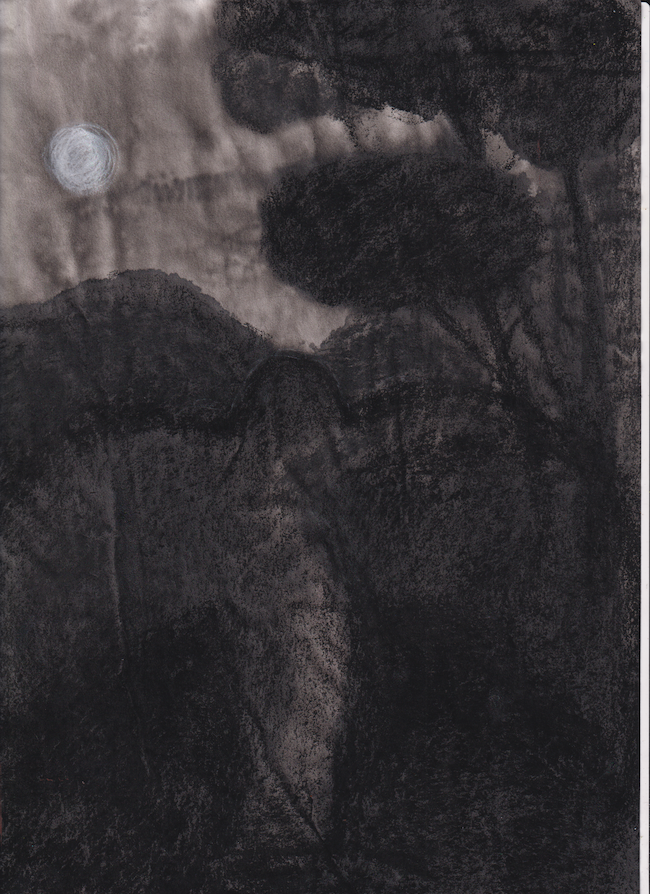
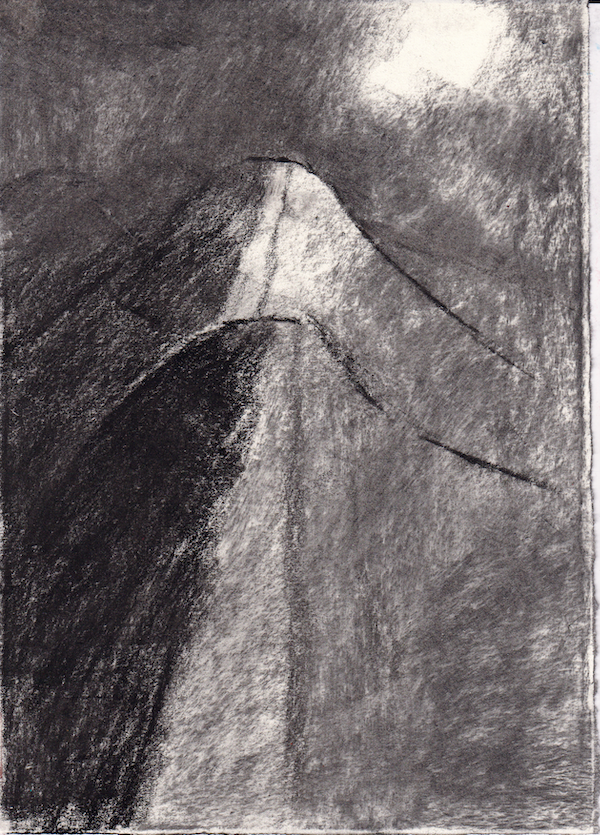
What advice would you give to someone who is thinking about applying to the Online Drawing Development Year?
The course is great if you feel like you want to challenge your current way of working, find your way of working, or do lots of experimentation. During the year, you’ll encounter lots of different references, artists, and perspectives. If you embrace that, you will lose some perfectionism and find a more honest voice about what it is you want to make.
I also recommend taking an online Royal Drawing School class or two before applying. I’d done a lot of courses at the School before applying, and that was helpful in understanding how the online format works and whether it suited me.
Do you have any plans for after you have completed the course that you would like to share?
No concrete plans, but I’d love to show some drawings in a gallery sometime here in Rotterdam or elsewhere. I’ve shown work before, but these were always commissioned illustrations. It would be interesting to see how I can translate the work to a gallery environment.
Missed the Open Day?
Learn more about the programme
Sign up for updates
Be the first to hear about the Online Drawing Development Year open days, application support and deadlines.
